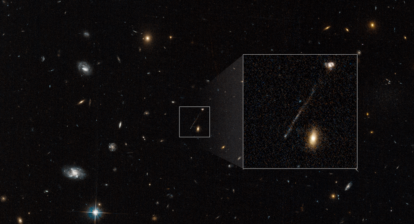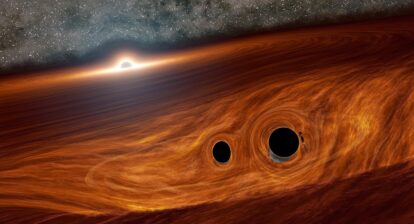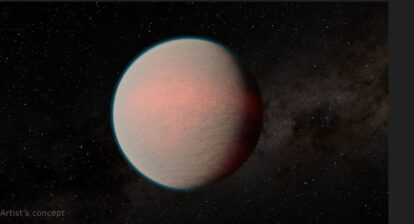
Image captured by Juno during its 66th perijove, then further processed with color enhancement by Gerald Eichstädt and Thomas Thomopoulos. NASA / JPL / SwRI / MSSS / Gerald Eichstädt / Thomas Thomopoulos CC BY 3.0
These new images of Jupiter have recently been released by NASA, and they are stunning. They were captured on the 66th flyby of NASA’s JunoCam of Jupiter, the giant of our solar system, as well as being the largest and oldest planet.
The Juno mission has been orbiting the Jovian system since July 2016 with the mission to learn about the planet’s formation and evolution, in order to understand the development of our solar system.
“Jupiter is the Rosetta Stone of our solar system. Juno is going there as our emissary—to interpret what Jupiter has to say,” Scott Bolton, Juno principal investigator and associate vice president of the Southwest Research Institute’s Science and Engineering Division, says.
Although the Juno mission was supposed to last until October 2017, after completing 33 orbits, NASA extended the Juno mission to 2021 and then it was again prolonged until September 2025. Now it will circle the planet further 42 times, as well as investigating its moons and complete the first-ever extensive exploration of Jupiter’s faint rings.

Image captured by Juno during its 66th perijove, then further processed by Jackie Branc. NASA / SwRI / MSSS / Jackie Branc CC BY 3.0
“Since its first orbit in 2016, Juno has delivered one revelation after another about the inner workings of this massive gas giant,” Bolton said in a 2021 statement. “With the extended mission, we will answer fundamental questions that arose during Juno’s prime mission while reaching beyond the planet to explore Jupiter’s ring system and Galilean satellites.”

Image captured by Juno during its 66th perijove, then further processed by Jackie Branc. NASA / SwRI / MSSS / Jackie Branc CC BY 3.0
The JunoCam page makes Juno’s raw image data publicly accessible and allows contributors to upload modified versions of the images to highlight special features because it does not have a team of scientists who can dedicatedly work on image processing.
Aren’t these images amazing?






